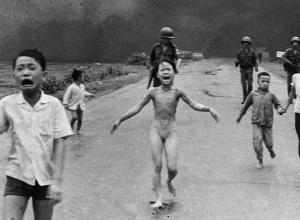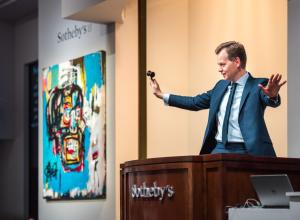In 1915, with the onset of WWI, the family became refugees and set out to immigrate to the United States — a harrowing odyssey of deprivation and suffering. Maurice became separated from his family, joining other “wild children,” surviving over two months, eventually reaching Petrograd where he was miraculously reunited with his family. In 1917 they finally arrived in America, settling in Brooklyn.
Golubov recalled receiving a present of watercolors for his 13th birthday and he began experimenting with geometric designs and color combinations that were alarmingly like Russian Constructivist images. He had never visited an art museum. In 1918 he began attending evening art classes in a neighborhood settlement house which were taught by John Sloan. In 1919, at the age of 14, he dropped out of regular school to pursue a career of art — much against the wishes of his father. Thinking work in a commercial art studio would advance his art education, he landed a job with a fashion studio that specialized in fashion illustrations for mail-order catalogs such as Sears Roebuck and Montgomery Ward. While there he also met a visiting artist, Mark Tobey, who advised him to apply to the National Academy of Design, where he began attending classes five nights a week.
During this period, 1920-23, without any knowledge of fellow Russians like Kandinsky, and being self-taught with no formal fine art training, Golubov began painting abstract art with geometric forms. He would fill the margins of his academic life drawings with small abstractions, a practice his teachers puzzled over. They objected but he was a good student so they let him alone.


![DEl Kathryn Barton [Australian b. 1972] the more than human love , 2025 Acrylic on French linen 78 3/4 x 137 3/4 inches 200 x 350 cm Framed dimensions: 79 7/8 x 139 inches 203 x 353 cm](/sites/default/files/styles/category_card_187x139/public/ab15211bartonthe-more-human-lovelg.jpg?itok=LJbNuU6F)

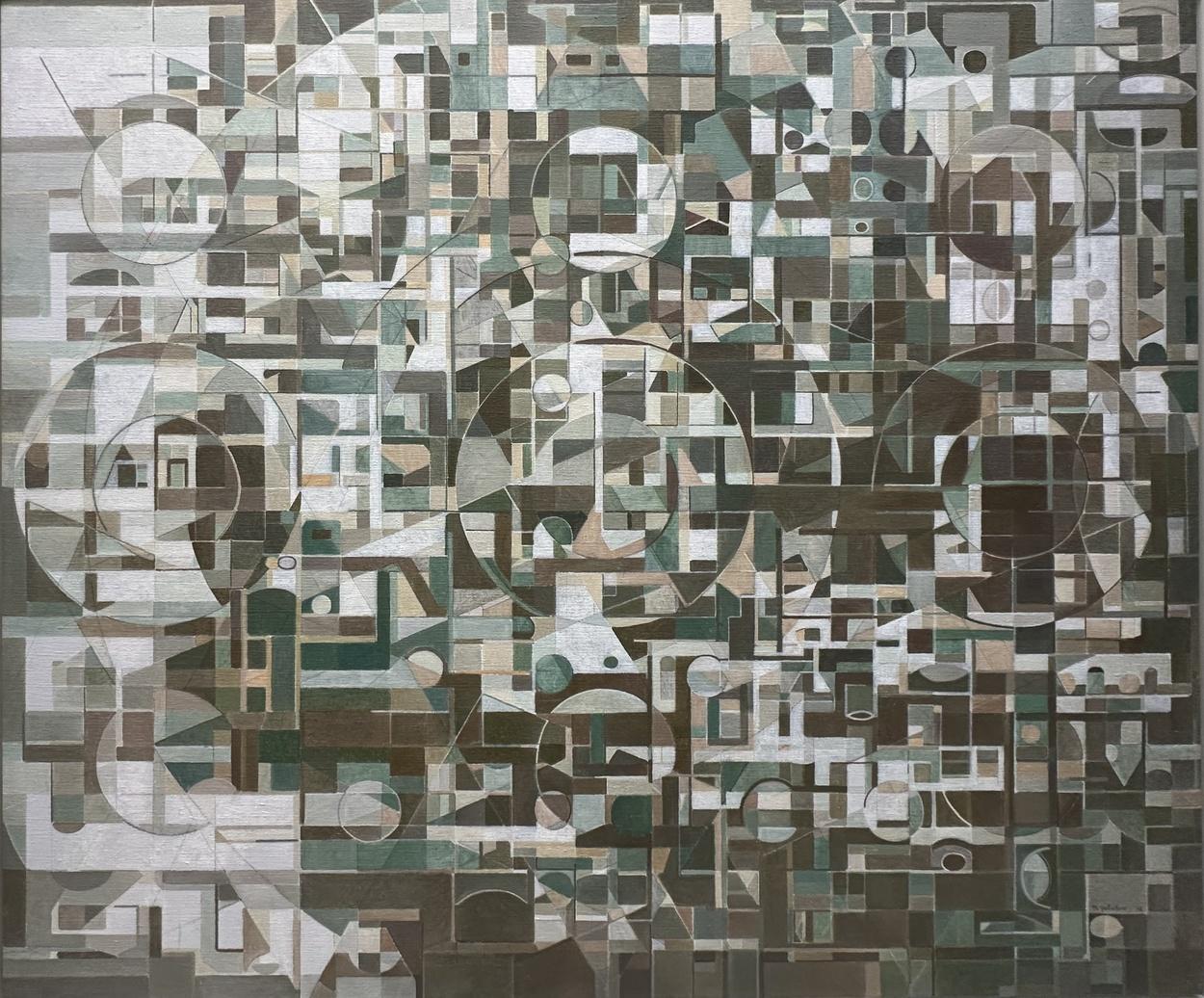
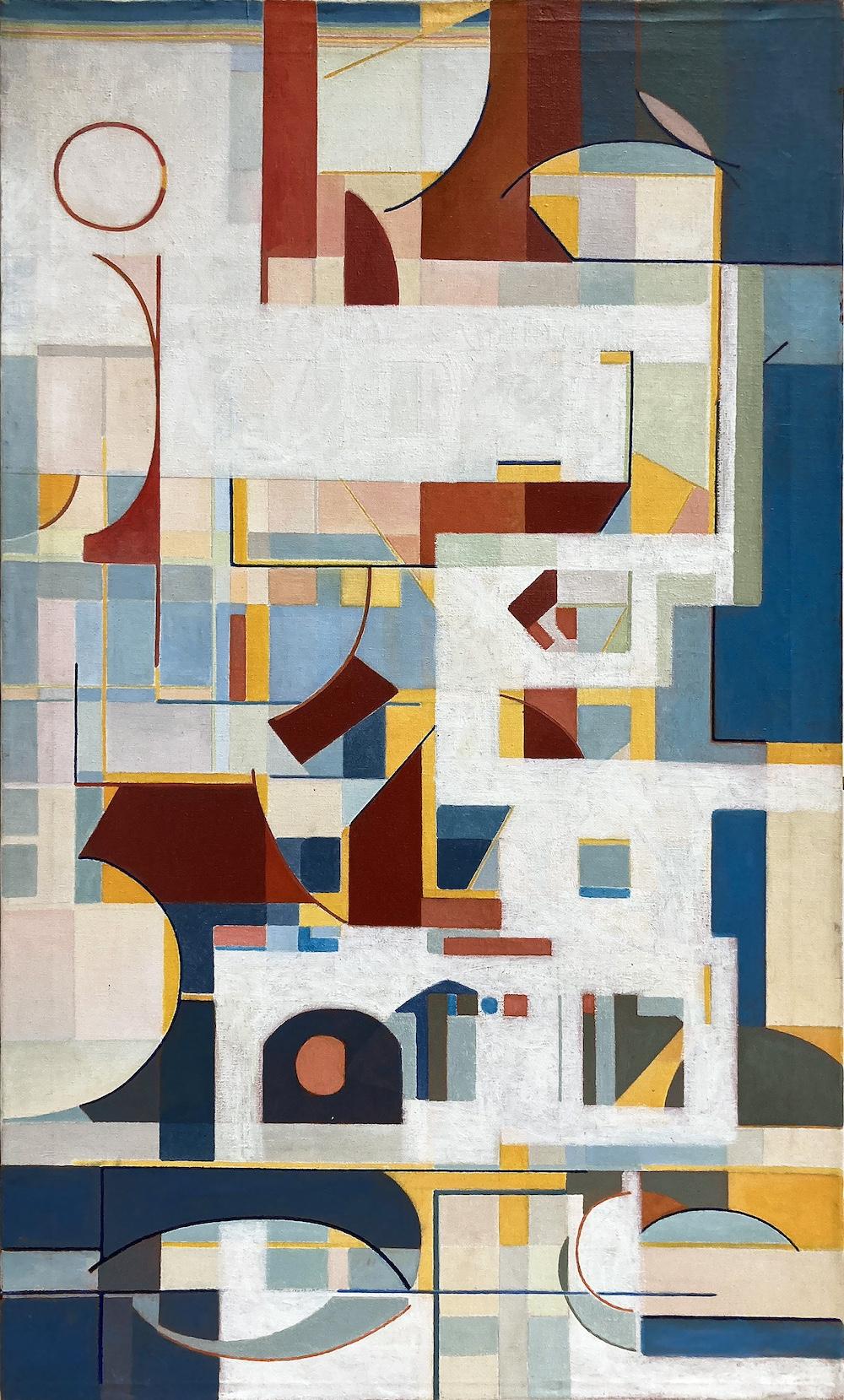
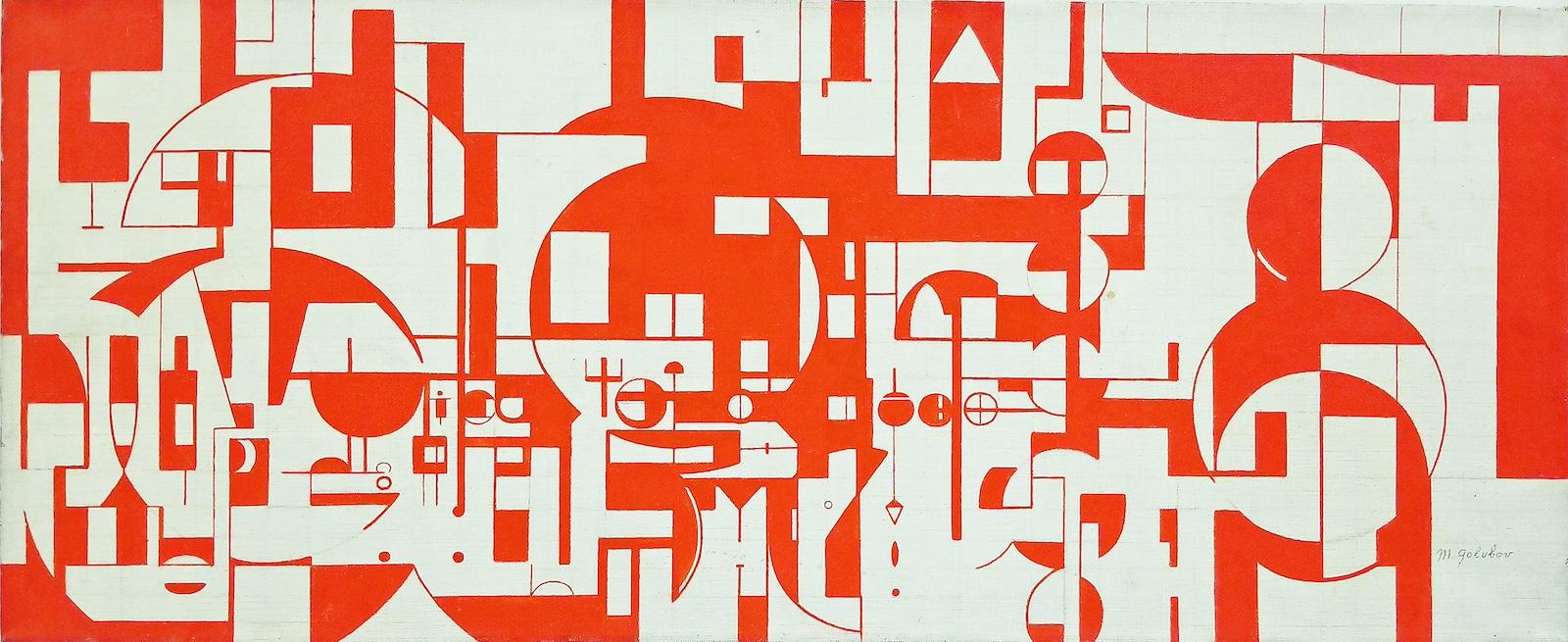
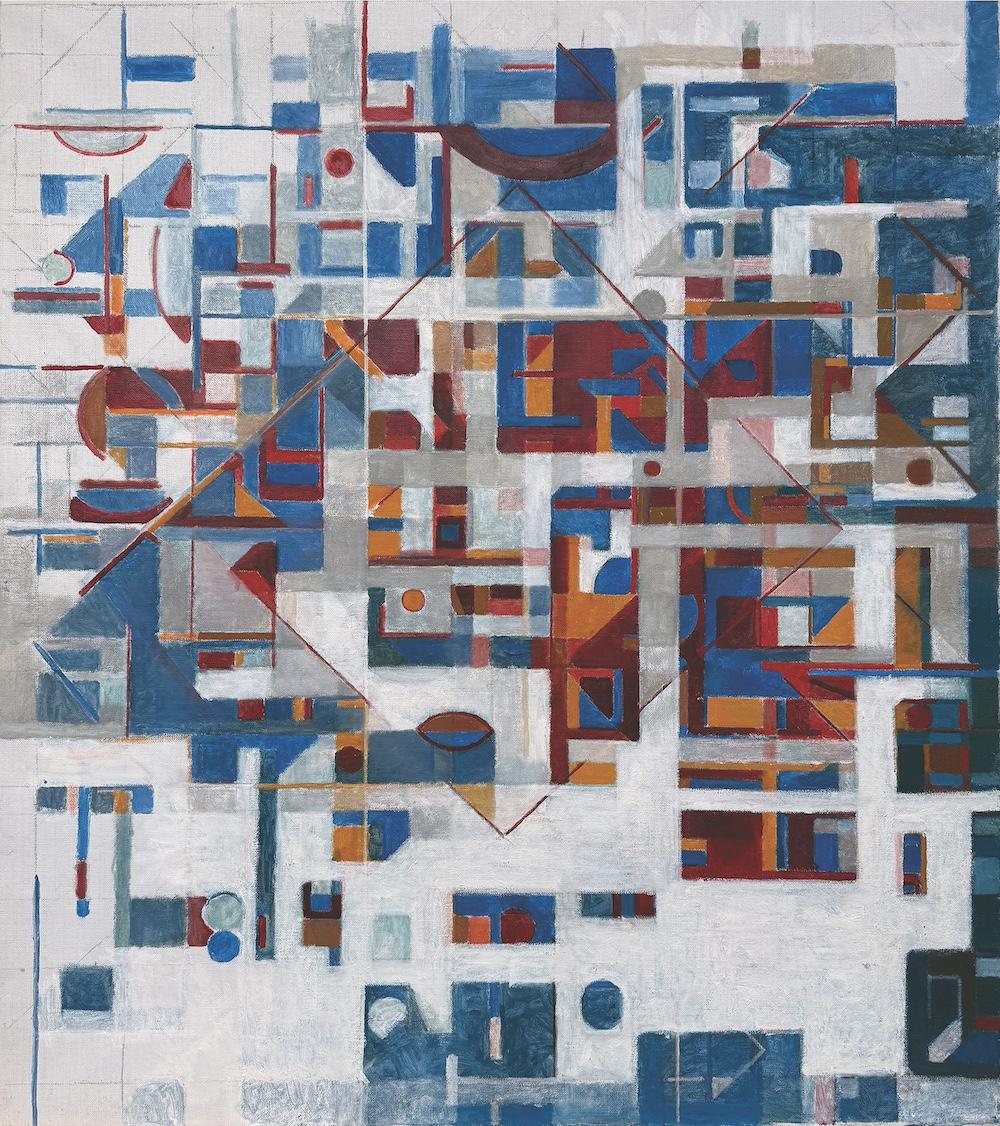
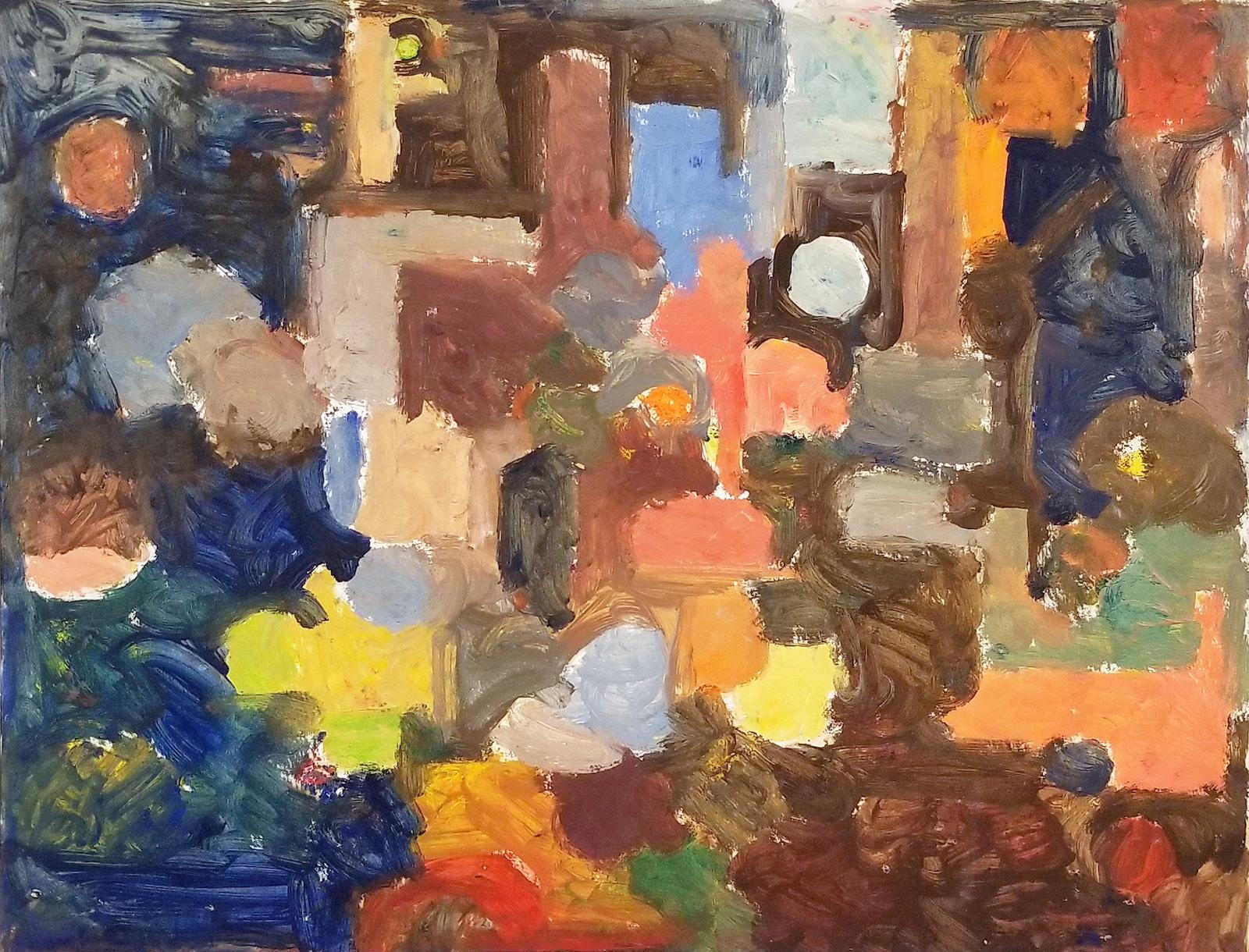

![DEl Kathryn Barton [Australian b. 1972] the more than human love , 2025 Acrylic on French linen 78 3/4 x 137 3/4 inches 200 x 350 cm Framed dimensions: 79 7/8 x 139 inches 203 x 353 cm](/sites/default/files/styles/image_5_column/public/ab15211bartonthe-more-human-lovelg.jpg?itok=wW_Qrve3)
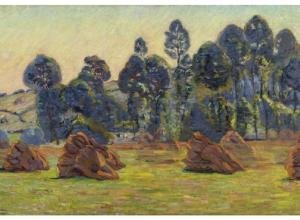
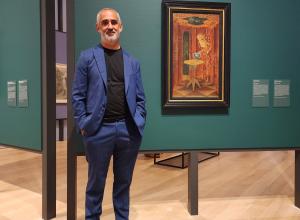
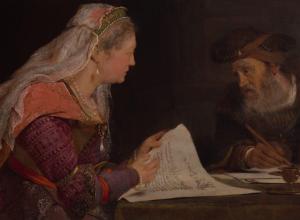
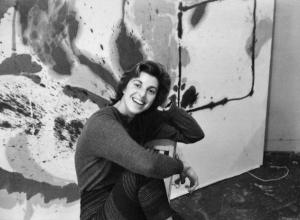

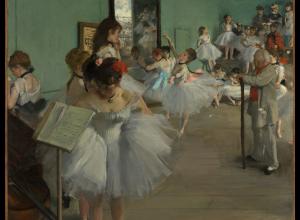


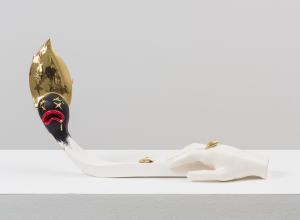


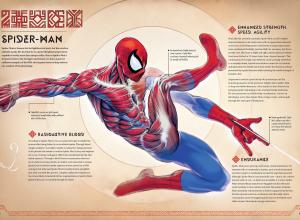

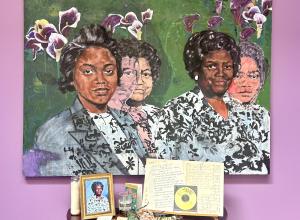


![Merina [Pop Chalee] Lujan, Taos, 1906 – 1993, Yellow Horse, gouache on paper, 13 1/8 x 18 1/8 in. (33.3 x 46 cm.) Estimate: 1,000 – 2,000](https://www.artandobject.com/sites/default/files/styles/image_5_column/public/4630-58.jpg?itok=kBAYkc0u)
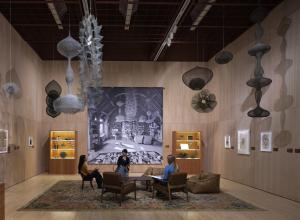
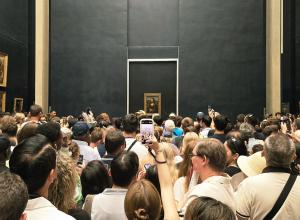
![Ginevra de’ Benci [obverse]. 1474/1478. Leonardo da Vinci. Oil on Panel. Ailsa Mellon Brue Fund, National Gallery of Art.](https://www.artandobject.com/sites/default/files/styles/image_5_column/public/ginevradebenciobverse196761a.jpg?itok=hIzdUTaK)
